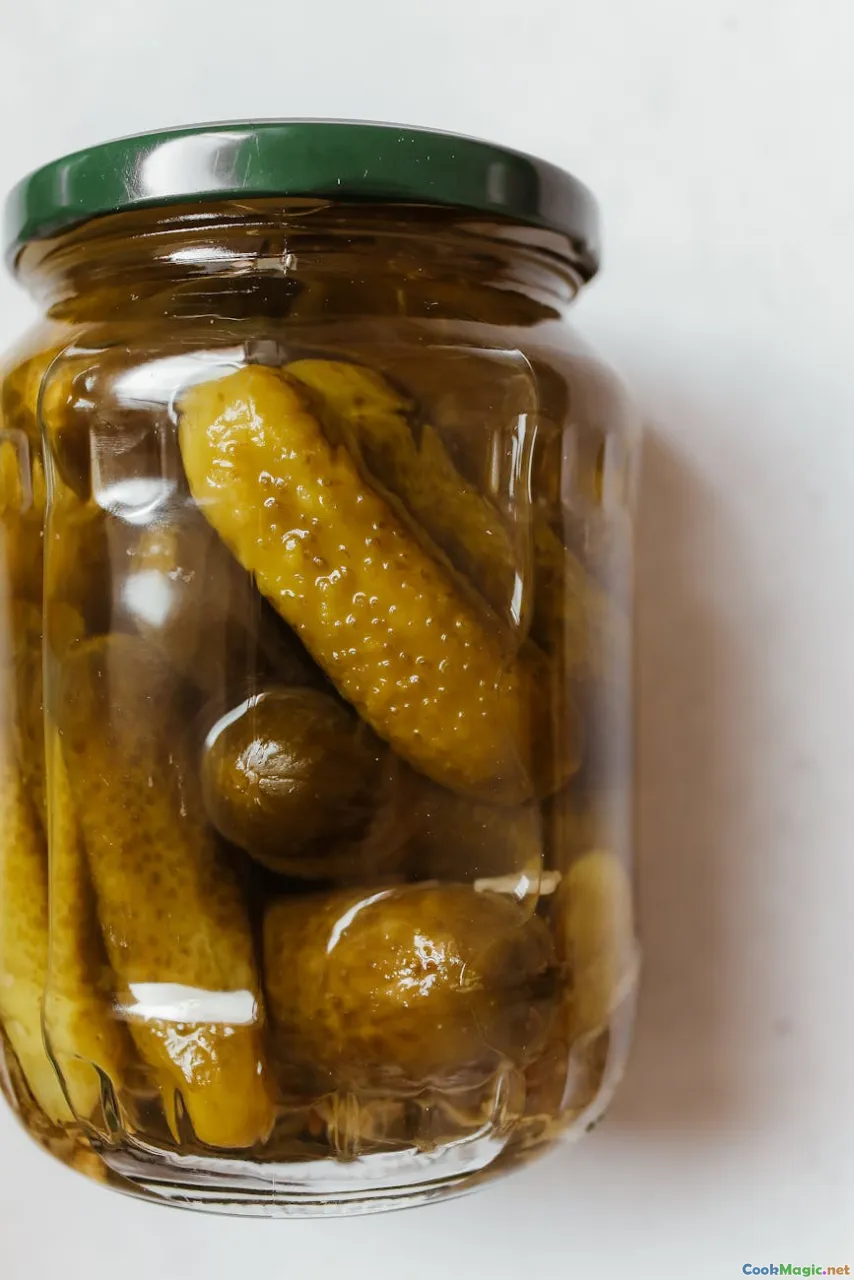Integrating Kvass Into Savory Russian Recipes
8 min read Discover how traditional Russian kvass can elevate savory dishes with its tangy depth, enriching flavors and culinary heritage. April 20, 2025 21:00
Integrating Kvass Into Savory Russian Recipes
Imagine a bubbling, slightly sour beverage that has quenched the thirst of Russians for centuries — a drink born from fermentation, rooted in history, and bursting with flavor. This is kvass, a humble yet profoundly versatile ingredient that transcends its status as a traditional beverage, offering a world of possibilities in savory cooking.
The Cultural and Historical Significance of Kvass
Kvass, often dubbed the "bread drink," has been a staple of Russian and Eastern European diets since at least the Middle Ages. Made primarily from rye bread, it embodies the resourcefulness of peasant life—transforming everyday bread into a tangy, probiotic-rich beverage. Its popularity persisted through centuries, not only because of its refreshing qualities but also due to its nutritional benefits.
In Russia, kvass is more than a drink; it’s a cultural symbol. It’s present at festive gatherings, street markets, and family tables, embodying a sense of community and tradition. Its mildly sour, yeasty aroma evokes images of bustling markets in Moscow, where vendors pour fresh kvass into wooden barrels, inviting passersby with a welcoming smile.
The Flavor Profile: More Than Just a Drink
Kvass boasts a complex flavor profile—earthy, slightly sweet, with a gentle sourness that awakens the palate. Its effervescence makes it inherently refreshing, while the subtle bitterness of the rye bread adds depth. When used in cooking, kvass lends a unique tang that can elevate and transform ordinary dishes into culinary experiences.
Its natural fermentation process results in beneficial probiotics, making dishes not only flavorful but also healthful. The slight acidity acts as a natural tenderizer and flavor enhancer, similar to how vinegar or citrus is used in Western cuisines.
Why Integrate Kvass Into Savory Recipes?
Incorporating kvass into savory recipes taps into a rich vein of flavor and tradition. It’s an ingredient that can add complexity without overpowering, balancing richness with acidity. Here are some compelling reasons to embrace kvass in your kitchen:
- Flavor Enhancement: The tangy notes deepen the overall flavor profile.
- Tenderization: Its acidity helps tenderize meats and vegetables.
- Cultural Authenticity: Adds genuine Russian flair to traditional dishes.
- Health Benefits: Supports digestion with probiotics.
Classic Russian Dishes Elevated by Kvass
1. Kvass-Marinated Beef Stroganoff
Traditional Beef Stroganoff is creamy, hearty, and satisfying. Reimagining it with kvass introduces an unexpected depth. Marinate strips of beef in kvass with garlic, onion, and a touch of black pepper before browning. The kvass tenderizes the meat and imparts a subtle sourness that complements the creamy mushroom sauce, resulting in a dish that’s both tender and tangy.
2. Kvass-Infused Borscht
Borscht, a vibrant beet soup, benefits from the addition of kvass. Use kvass as a cooking liquid alongside beef broth, allowing its acidity to balance the sweetness of the beets. Finish with a splash of kvass before serving for an extra layer of flavor. The result? A borscht with a lively, fermented undertone that enhances the earthy sweetness of the beets.
3. Kvass-Pickled Vegetables
Create a quick pickle brine with kvass, vinegar, salt, and spices. Use this to pickle cucumbers, carrots, or cabbage. The kvass adds a nuanced sourness that elevates simple vegetables, making them a perfect side or garnish for Russian dishes like blini or hearty stews.
4. Kvass-Glazed Roasted Meats
Brush kvass mixed with honey, mustard, and herbs onto roasted chicken or pork during the last 10 minutes of cooking. The fermentation adds a complex, tangy glaze that caramelizes beautifully, infusing the meat with depth and a slight acidity.
Innovative Ways to Incorporate Kvass
Beyond traditional recipes, here are some inventive ideas to incorporate kvass:
- Kvass Soups: Use as a base for cold summer soups or stews.
- Kvass Marinades: Marinate seafood or poultry to add flavor and tenderness.
- Kvass Sauces: Reduce kvass with onions and spices to create savory sauces.
- Kvass in Baking: Substitute part of the liquid in bread or pancake recipes for a tangy twist.
Personal Reflections and Tips
Having traveled through Russia and indulged in countless bowls of borscht and spoonfuls of kvass, I’ve come to appreciate its versatility. When I first experimented with adding kvass to a beef stew, I was surprised by how the sourness enhanced the umami richness of the meat. The process was simple: replace some of the water or broth with kvass, simmer, and watch as the flavors meld into something uniquely Russian.
A key tip is to balance kvass’s acidity with richer ingredients—cream, butter, or sweet vegetables—to prevent the dish from becoming overly tart. Also, opt for high-quality, naturally fermented kvass for the best flavor and health benefits.
Final Thoughts
Integrating kvass into savory Russian recipes is an homage to centuries of culinary tradition while offering a delicious avenue for culinary innovation. Its bright, tangy profile can transform simple ingredients into memorable dishes, connecting us to the heart of Russian food culture. Whether used as a marinade, in soups, or as a cooking liquid, kvass invites you to explore the depth and richness of Russia’s gastronomic heritage.
So next time you reach for a bottle of kvass, consider pouring it into your pot or marinade—and discover a new dimension of flavor that celebrates history, health, and the art of fermentation.









